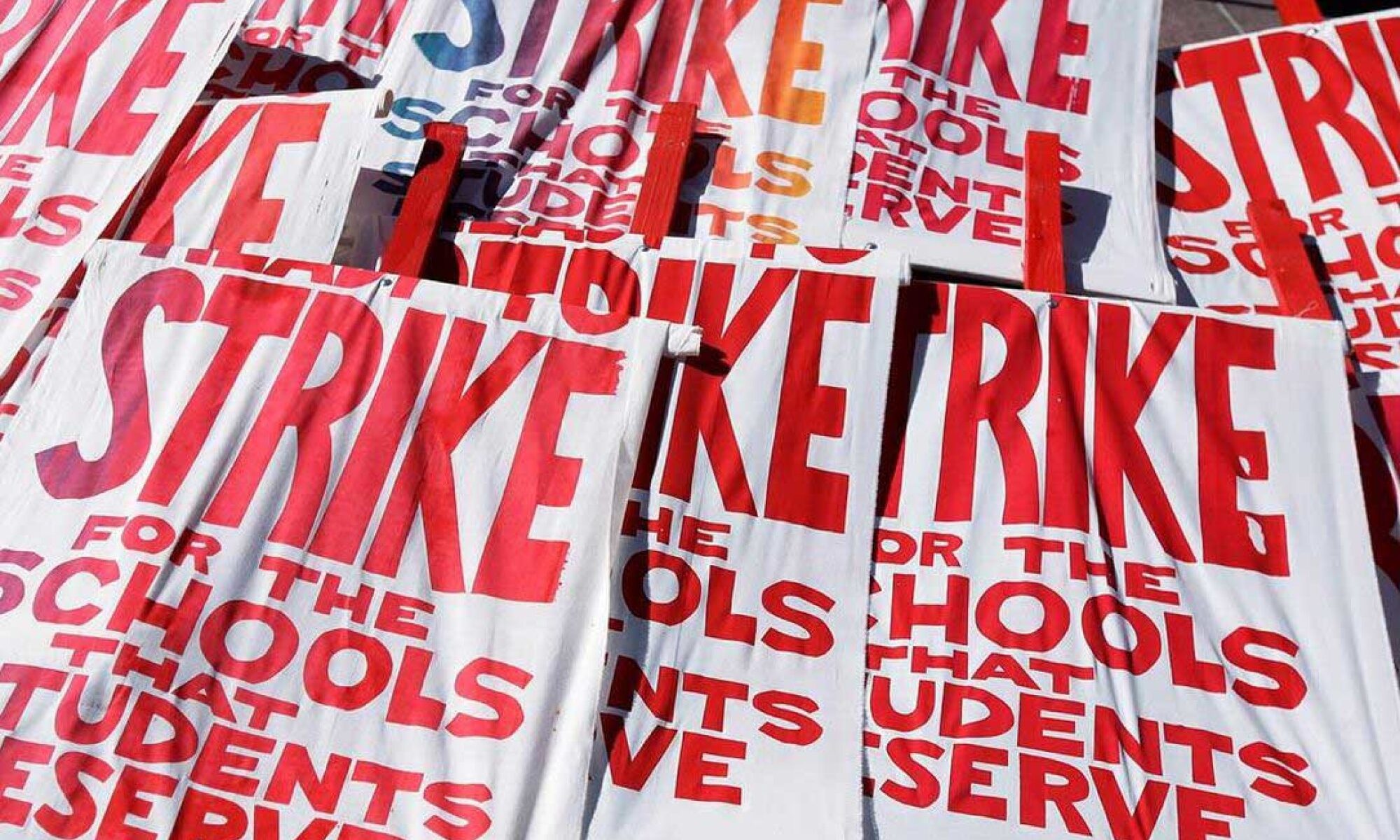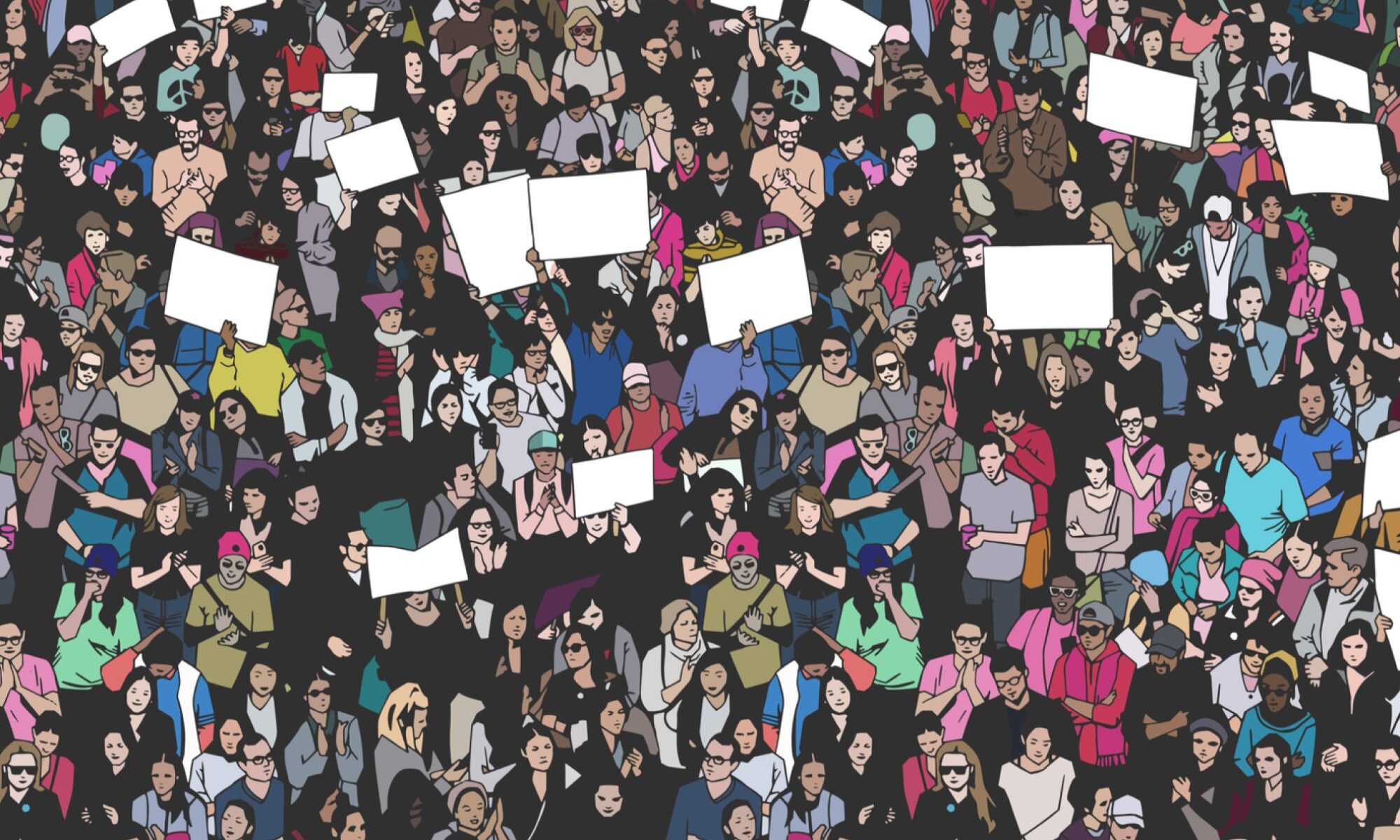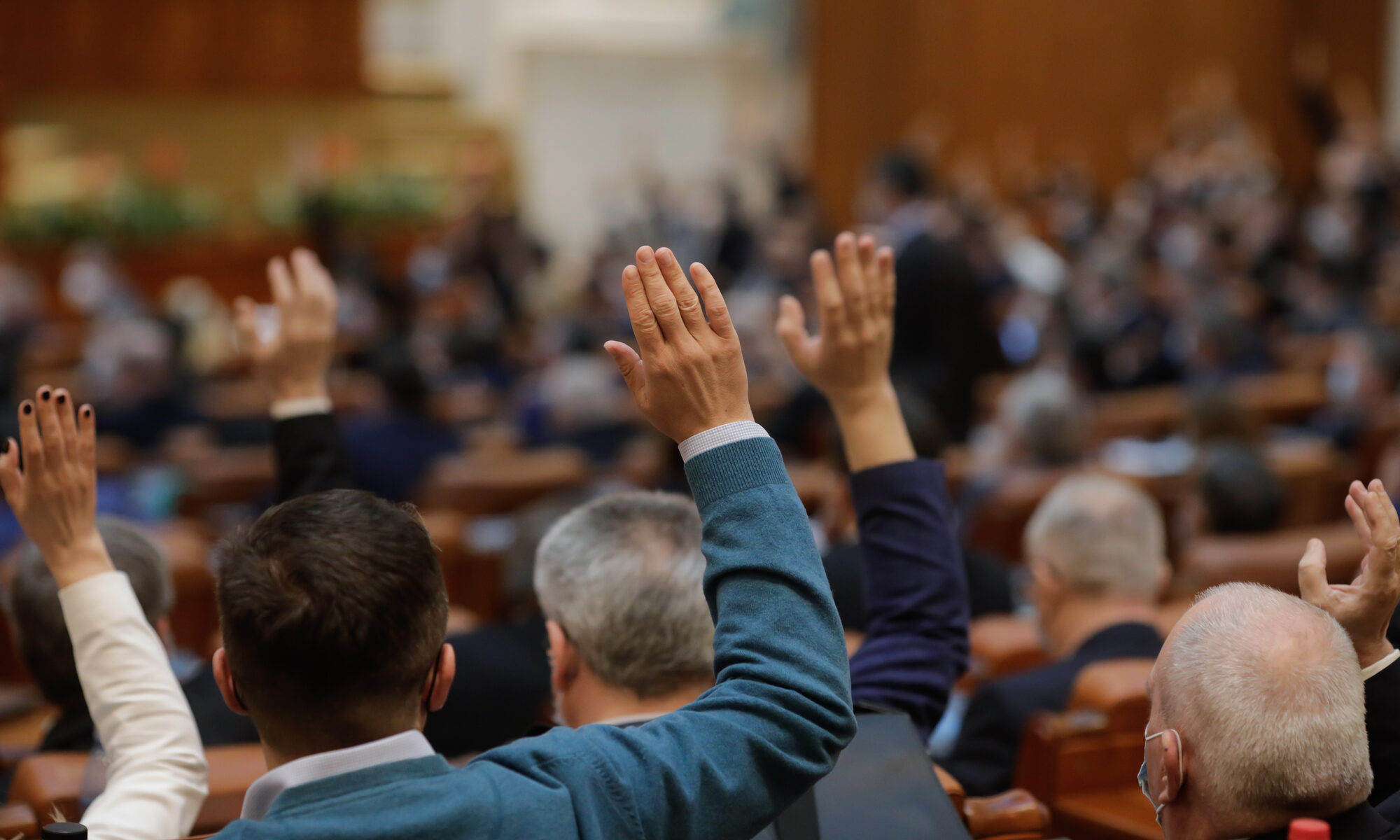Progressive and conservative media flared up last month over an issue tucked in the side of your kitchen: gas stoves. This surprise episode in America’s culture wars aired after a Biden administration official, the chairman of the Consumer Product Safety Commission, suggested that it is considering restricting or even banning gas stoves in the wake of a new study published in the International Journal of Environmental Research and Public Health, a study that alleges that gas stoves threaten public health and damage the environment. This kitchen equipment drama featured conservative media lambasting the administration for its latest show of “paternalism” and “green extremism,” progressive media rushing to deny that the administration was moving to ban them and yet also to defend the soundness of gas stove bans that have already been passed in states like New York, and the Biden administration itself denying that it wants to ban them entirely while supporting states that did.
In the midst of all this political hubbub, many are left to wonder: why does it matter whether gas stoves are banned?
The pro-ban crowd shares a few reasons for its case. First, gas stoves pose a risk to public health. The study that prompted the ban debate alleges that gas stoves emit enough detrimental fumes that children who inhale risk developing asthma. Second, gas stoves damage the environment. The fumes from gas stoves contain enough greenhouse gasses to contribute to climate change. Thus, to slow the rate of climate change, one small but meaningful change we can make to our lives is to switch out our gas stoves for electric ones. Even if the change might pale in comparison to other solutions — like moving away from fossil fuels in our electricity supply — we should do it anyways because, as some say, we must treat climate change as a World War II-esque threat and mobilize of all our available resources to fight it. Thus, to protect public health and the environment, the pro-ban team says we should ban gas stoves.
The anti-ban crowd shares a few reasons for its case. First, they allege that the study used to justify public health and environment concerns lacks scientific merit and is only being touted for aligning with the partisan motives of the Biden administration. They say that the study’s findings are misdirected; if true, this would not only undermine the case for banning gas stoves but would erode trust in the Biden administration: surely it is wrong to distort science to further one’s political agenda, an especially nefarious type of virtue signaling.
Second, they allege that even if there were some slight detrimental effects of gas stoves concerning public health and the environment, the cost of keeping gas stoves is surely lower than the cost — to consumers’ wallets and freedom — of replacing all gas stoves with electric stoves. Thus, it would be imprudent to ban stoves; this side may recognize that climate change is real, but they also recognize that unchecked, militaristic zeal to “fight climate change” might create graver problems than it solves. Such a climate crusade might keep the Earth’s average temperature less than 1.5 degrees Celsius higher than pre-industrial levels, but it could spark inflation, arrest economic growth, and thus also cause chronic unemployment.
Third, along similar lines, the anti-ban crowd alleges that there is a glaring inconsistency in the principles behind support for banning gas stoves: if equipment that risks harm to public health and the environment should be banned, then shouldn’t we ban cars, trains, ships, and planes? Thus, according to the anti-ban crowd, we should reject the mentioned principle that underlies the logic of the pro-ban crowd, for, if we followed it to its logical conclusions, we would have to commit ourselves to policies that we cannot undertake.
Fourth, perhaps more obviously, the anti-ban crowd fears that banning gas stoves would violate the principle of consumer autonomy through excessive government oversight in the kitchen. In short, the anti-ban crowd objects to gas stove bans on the grounds that they are motivated by the wrong things, are imprudent, and derive from an untenable principle.
Thus, there are two main camps on the gas stove issue, and neither seems willing to budge. Yet, the responsible citizen should resist the temptation to turn to tribalism and deny that the other side has good points. Although an anti-ban zealot might claim that the pro-ban crowd represents the side of green hysteria and government nannying, no one can disagree that public health and environmental care are important. Likewise, although a pro-ban zealot might claim that the anti-ban crowd is motivated by feigned outrage, fanned by the specious reasoning and spicy rhetoric of conservative media, no one can deny that honesty in science, prudence in policy, and soundness in principle are noble aims toward which we should all strive.
Ultimately, each side takes its respective stance with admirable intentions, and the responsible citizen should authentically engage with each side, listening to its reasoning and judging the issue for theirself. In doing so, they should ask themself: what is the key ingredient to a healthy, environmentally clean kitchen — individual responsibility or government intervention?














